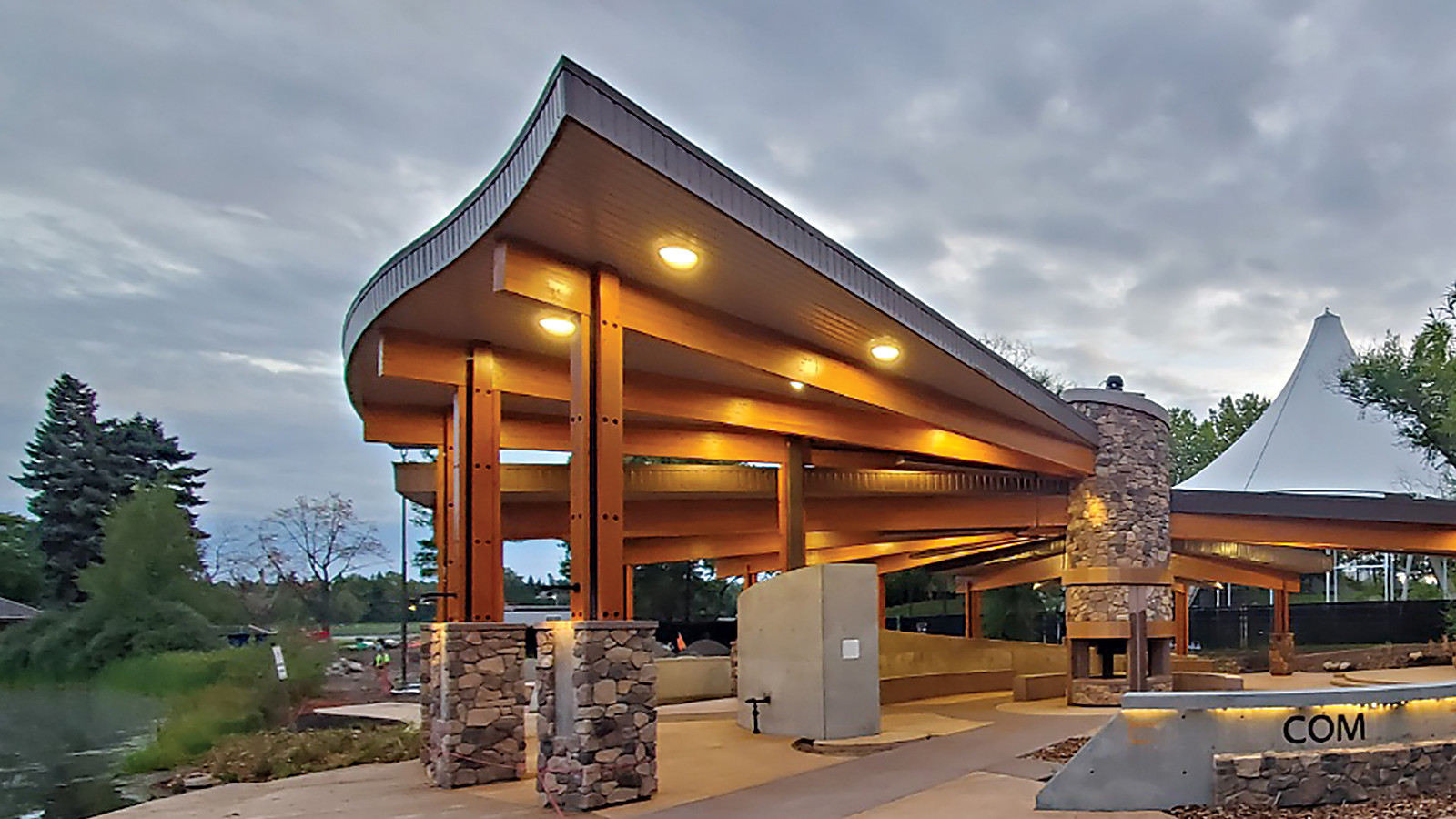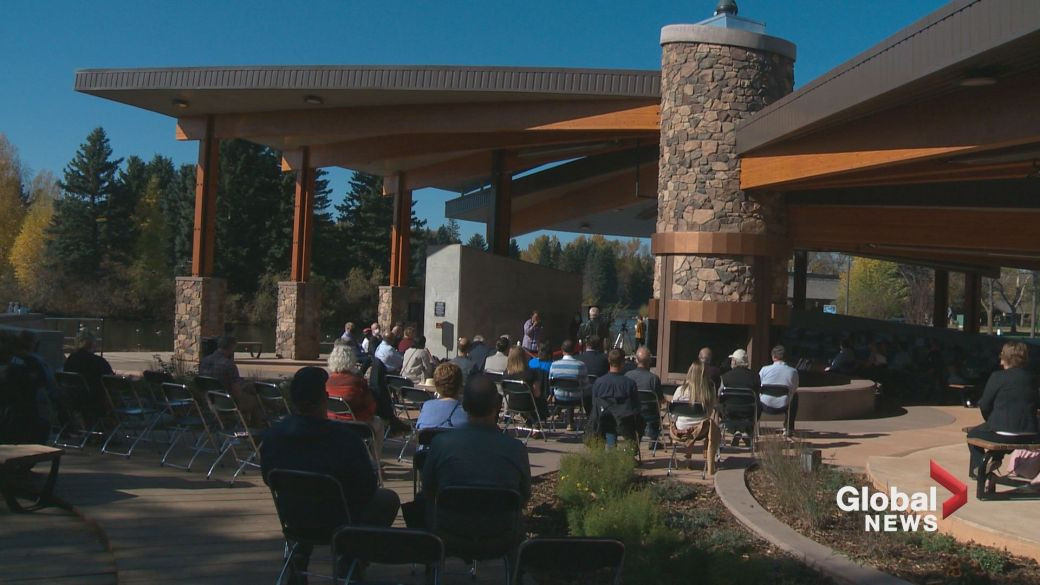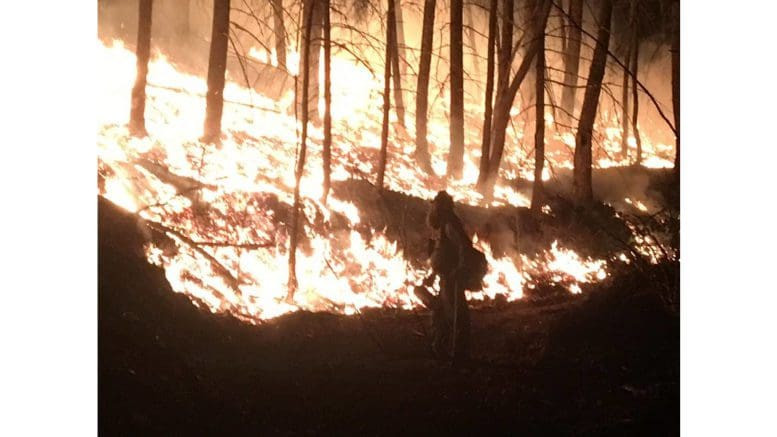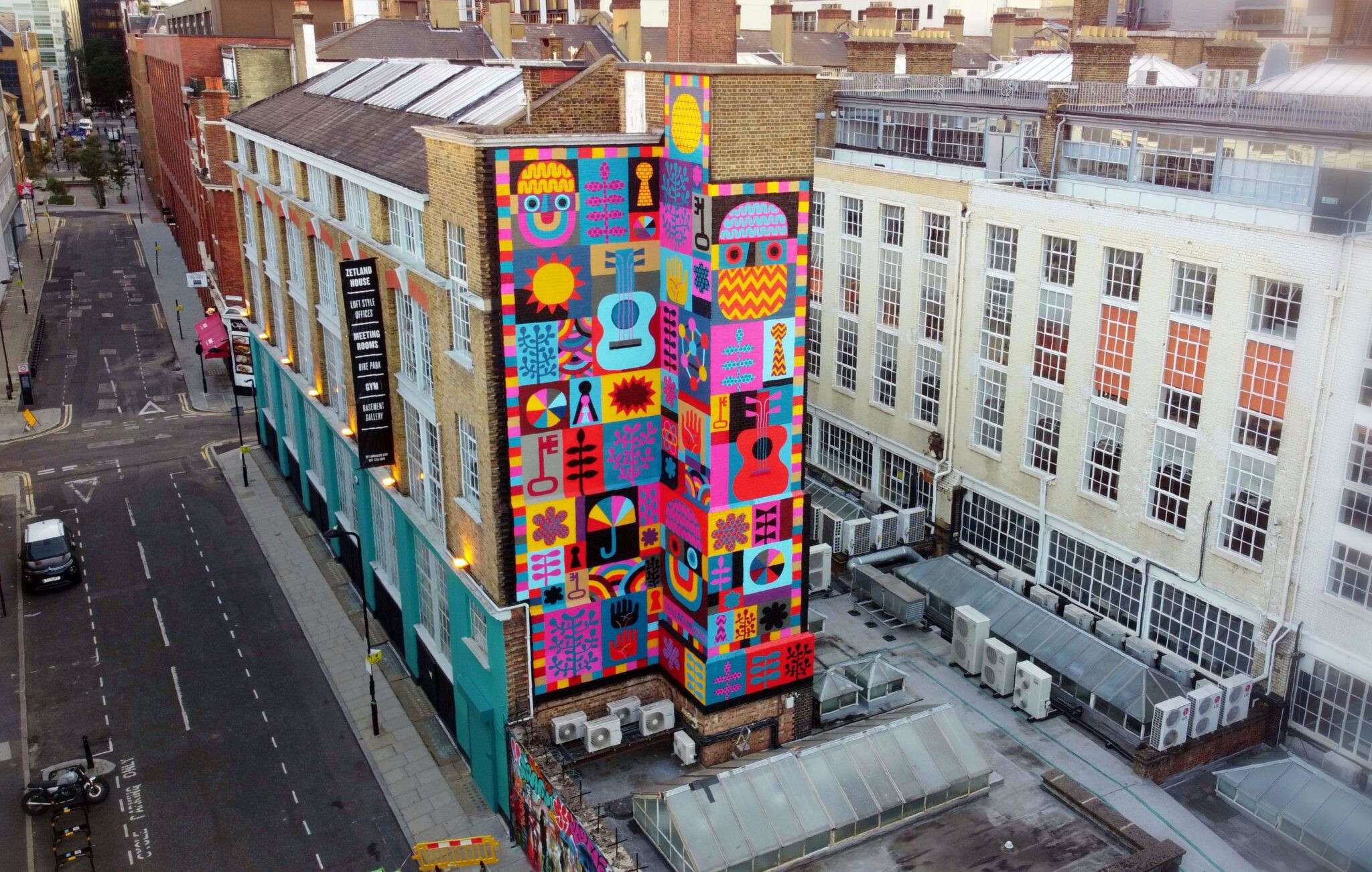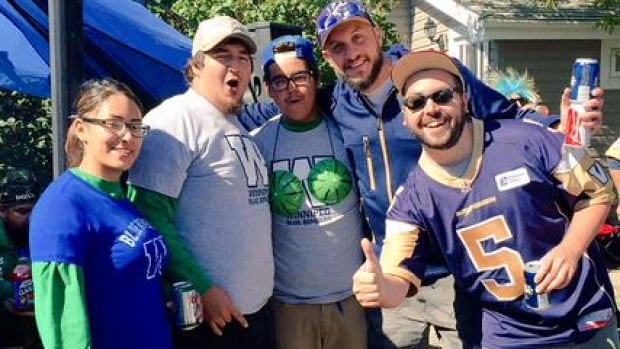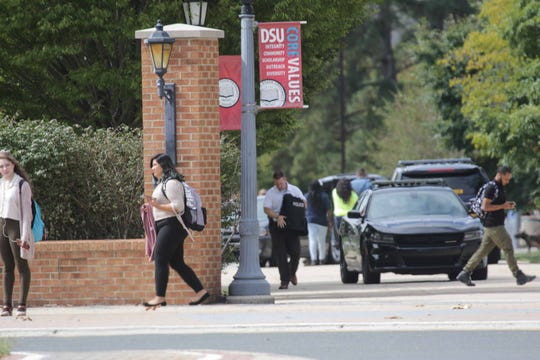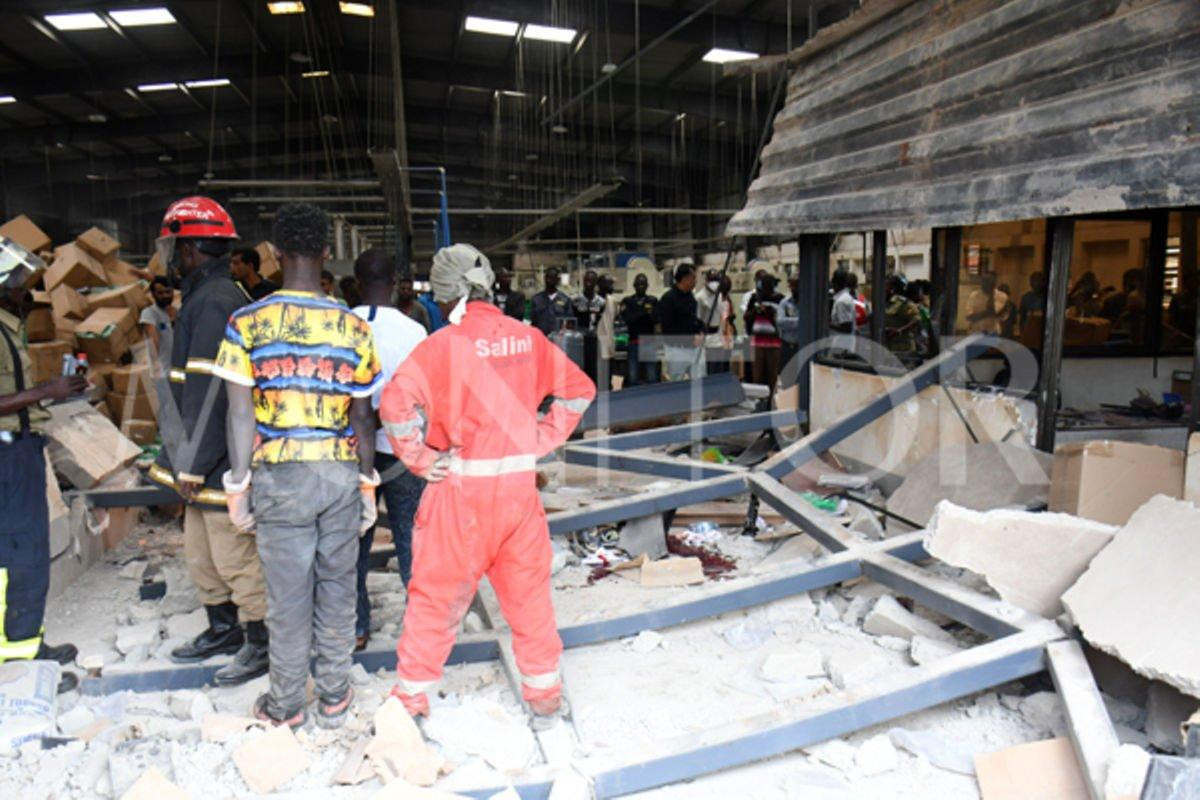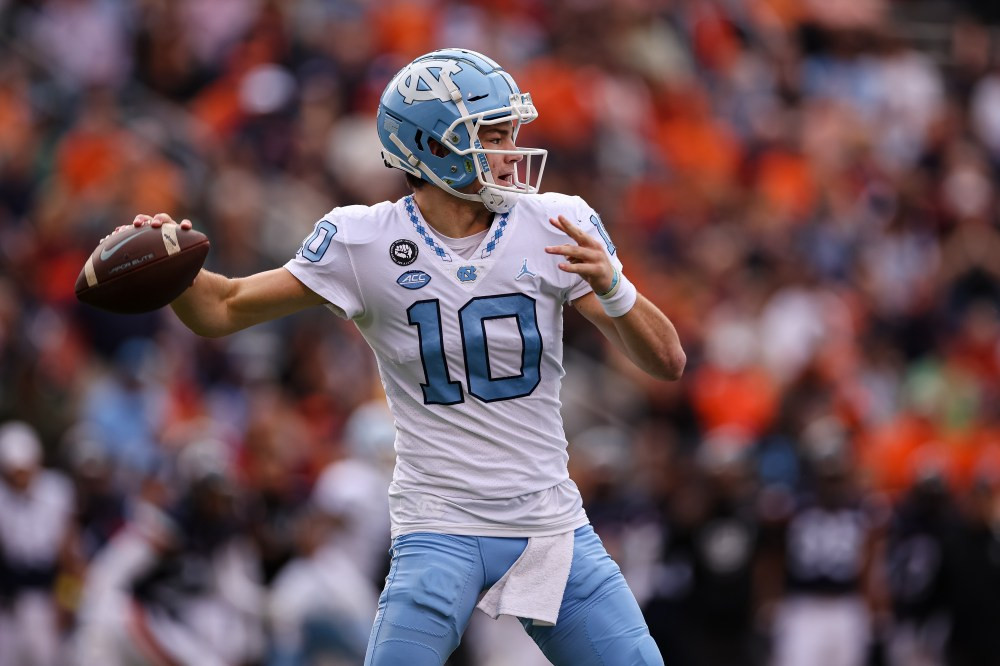Community leagues are a quintessential part of Edmonton. The groups form across the city, advocating for and running events to serve their neighbourhoods. But why did the community league model start? And why has it been such a success in Edmonton?
This week on This is Edmonton host Clare Bonnyman answers a listener's question about community leagues. She sits down with Laura Cunningham-Shpeley, the executive director of the Edmonton Federation of Community Leagues, to talk about why they started and how far these organizations have come in the last century.
It was in this environment that the first community league was formed in 1917, largely through the efforts of Jessie Montgomery, a university librarian, and George M. Hall, who had moved to Edmonton from the U.S. Dubbed the 142nd Street District Community League (later renamed the Crestwood Community League), and inspired by the City Club movement in the U.S., the new organization aimed to create a united voice for the community to advocate for better infrastructure. Soon, it widened its mandate and began holding social events and working to meet the recreational needs of its residents.
Edmonton's population and prosperity were exploding in this period. New residents, who were flooding into the fledgling city, needed a place to live. This led to a frenzy of new construction and land speculation, as well as to infrastructure being built. New subdivisions sprang up on both sides of the river, with dozens more planned.
But the growth didn't last. By the early 1910s, the economic fervour and population boom began to cool. Many of the planned subdivisions never graduated beyond a map in a planner's office. As a result, several of the neighbourhoods built during this time were separated from the city proper by tracts of undeveloped land. Meanwhile, the city tightened budgets to maintain the infrastructure that had been built in anticipation of more people who never came. The city looked fractured, and many neighbourhoods felt ignored by the city's leadership.
Other neighbourhoods watched the 142nd Street District Community League and saw how effective it was. Within three years, eight other neighbourhoods established their own community leagues. All had their own unique needs, but all found that the model Crestwood had developed was an effective way to advocate.
Of course, the 142nd Street District Community League wasn't the first social organization in Edmonton. But many of those existing organizations were dedicated to a particular interest, like horticulture, or separated by social class. One of the most striking features of Edmonton's first community league was its openness: Membership was available to anyone living in the district, not restricted by class, religion, or ethnic background. The league was also open to both men and women, which was still uncommon at the time.
So effective, in fact, that there was concern about the leagues starting to compete against one another. To avoid that, the nine original leagues joined together to create the Edmonton Federation of Community Leagues in 1921. While the leagues themselves remained independent organizations, the federation allowed them to better share resources and work together on city-wide projects.
Edmonton's community league network has grown over the past century — there are now more than 160 leagues. All are non-profit, volunteer organizations that hold social events and advocate for their individual communities. Many of the city's recreational and youth sports organizations got their start as community league programs. What started as an idea in one neighbourhood has grown to have an immeasurable impact on Edmonton's history. And leagues continue to be a force in the city. Most recently, they voiced opposition to the proposed relocation of the Camrose casino to south Edmonton.
Community leagues are unique to Edmonton, and came into existence in the early 1900s when the city's population was exploding. Some of the city's 163 community leagues have held events for Community League Day over September, while many others will hold their celebrations on Sept. 21. Those interested can find local events on the EFCL website. EFCL encourages residents to use Community League Day to meet their neighbours, learn about the programming offered by their local league, become members, and find out about volunteering opportunities.
This clipping was found on Vintage Edmonton, a daily look at Edmonton's history from armchair archivist @revRecluse of @VintageEdmonton.
How Community Leagues Work Today
"I think it really speaks to Edmontonians being interested in being a part of change really locally, and that we have the system that they can do that really easily," Laura Cunningham-Shpeley, executive director of the EFCL, told Taproot. "They can really step in and not have to cross the city."
Cunningham-Shpeley said while board members do most of the work to run a community league, people have increasingly shown interest in activity-based volunteering. People interested in sustainability, for example, will volunteer with the community garden or offer help installing solar panels at the community hall, she said.
The increase in volunteers at community leagues could potentially be attributed to better data and tracking, Cunningham-Shpeley said. EFCL has improved its data collection each year since 2020, and is working to track demographic factors like age and cultural background.
Nearly 40,000 Edmontonians purchased a community league membership last year, but EFCL doesn't really know who those people are. "We all kind of make assumptions, right? It's best for us not to do that," Cunningham-Shpeley said.
"It's one thing to say, 'We're an open and welcoming league, we never say no to anyone,'" she explained. "But what does that mean, and what do you need to actually do as a league to show that you're interested in new and different demographics in your board?"
Cunningham-Shpeley said leagues are offering different cultural foods at events, displaying signage in various languages, and celebrating holidays outside of the typical Western fare, like Eid.
"Could we do more? Absolutely, but I think by trying to diversify what we're focusing on and trying to (show that) we're not just sports, we're a whole bunch of things, I think people are starting to notice that," she said.
The Future of Community Leagues
Beyond Community League Day, EFCL is asking city council to increase the city funding it allocates for leagues during the upcoming supplemental budget operating adjustment. The EFCL requests include $475,000 to pay for upgrades to meet safety codes at 39 league buildings. The organization is also asking for an increase to the Community League Operating Grant, which is now $2.78 million for 163 leagues (or roughly $17,055 per league). EFCL is requesting the grant to increase by $651,000 over two years. "This grant has remained the same for the past 15 years, and during that time we have supported the formation of 10 additional leagues and welcomed over 400,000 new Edmontonians," Cunningham-Shpeley said.
Photo: Leagues will host events to celebrate Community League Day on Sept. 21. (Edmonton Federation of Community Leagues)




